It’s the time of year we bring kids back to classes. And has been jokingly been referred to as Xbox Detox.
However, back to school time is not just about pulling the plug, but instead redirecting thinking. Some of the most relevant learning students can do builds on their existing skills, maybe not on FortNite knowledge, but certainly online.
Higher Education
Higher Education offers educators the assurance of access to some online platforms and supporting documentation, if not support departments. Their classes by definition have some educational technology included. The University of Central Florida is a robust example of support in the #edtech syllabus. Utilizing the Canvas learning management system (LMS) they support instructors in many ways:
- Coaching on how to make an online syllabus work within a course
- Promote a rubric for self-evaluation of your syllabus
- Promote Universal Learning Design of Syllabi
- Help instructors get students reading the syllabus
- Ideas like a Syllabus Quiz
- Ideas like Easter Eggs for the Syllabus
- How to couple Syllabus with a Contract
As is often the case, because HE has “been there and done that” K-12 benefits from their experience and their tools that are now out there, such as this Generic Syllabus Maker from Rice University,
K-12 Education
K-12 education does not typically enjoy the assured resources higher education does. While many have online learning management platforms, not all instruction takes place there as K-12 opt for more of Blended Learning models. So any syllabus needs to be viable online and offline.
Educators inform, counsel, and educate families not just their students on the balance each class represents between online and offline worlds.
Orient Families to your Classrooms
That’s right. the K-12 teacher has to educate their student’s families in both places. It benefits K-12 students as they transition to any future online classroom, but it sometimes is initially awkward, unwelcomed, or otherwise tedious. Ther is a steep learning curve for K-12 teachers learning about what should be included in not only that orientation to an online classroom but how to incorporate both classrooms into one syllabus.
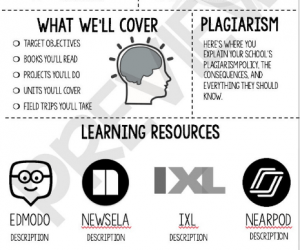
Call out any software used for plagiarism checking.
Suggest apps families should know about for classwork or help.
The syllabus for a K-12 environment is different from a completely online higher education experience however, the K-12 Blended Learning syllabus may need to be both an online asset and something printable. Color is not necessary, but graphics may still be friendly to the user. Can icons of software or apps be shown on your syllabus? This can help students and families find resources quickly.
Luckily, K-12 classrooms can use a syllabus to teach as much as an organizational tool. The syllabus can teacher the family as much as students, so be prepared for the widened reach. If this is the first time students have encountered a syllabus use engaging techniques such as a syllabus quiz or syllabus Easter eggs.
Netiquette
The newer the learner is to online learning environments the more specifics required around online behavior. Consider how you can represent your Netiquette no-negotiables in your syllabus {Read: Netiquette Quest}.
Requirements
Required reading, does it include digital reading? Required apps? This is where you can detail all that is required, layout patterns for the study of your class. This is where any policies about work completion, classroom-specific procedures, attendance, and timeliness of completion are called out in advance of the course starting.
Families are glad to know which additional software programs or apps are to be used for work and communication int the classroom.
Grades
K-12 learners are often in a Blended Learning environment. Anything unique to such a hybrid environment is the official grade book. While some learning management systems or software pass grades back to an official grade book for the class, it is essential that the teacher spells out in the syllabus which grades are official and where to locate those grades. If there is more than one place which shows grades to families or students consider including a statement such as:
This class uses more than one online platform for coursework. All official grades can be found in {your one, official gradebook}.
Do you already have an #edtech syllabus?
We would love to hear more about your #edtech syllabus, please share below.
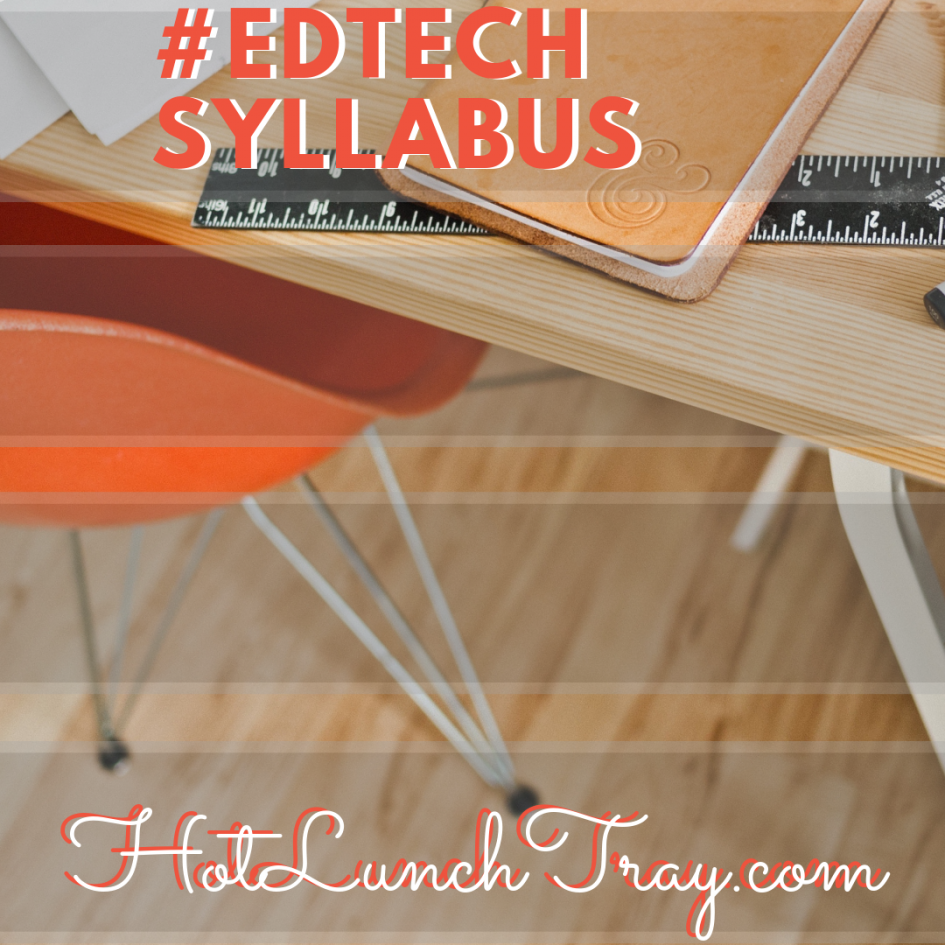

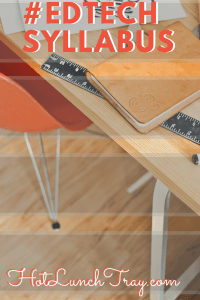
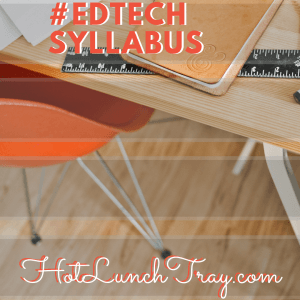
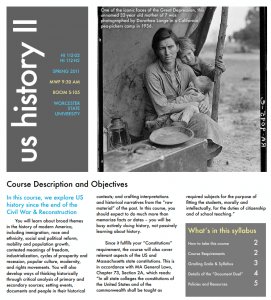
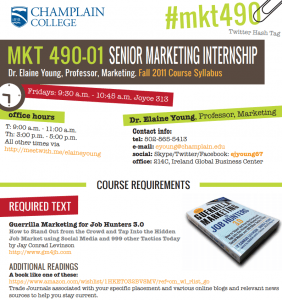
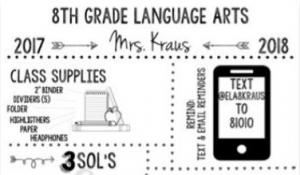




2019-09-28 at 6:04 am
Actually I don’t have the edtech syllabus yet. But thanks for the references!
Dean recently posted…MUN Delegates Decorum – Protocol in MUN
2019-10-24 at 8:03 am
Really a very helpful article thanks for sharing and keep on sharing!
innosquarecreation recently posted…Benefits of Mathematics Labs Educational Equipment
2020-03-07 at 10:45 am
Thank you for sharing this insightful article, Its hard to know exactly what will catch on and what won’t be caught on but the following list showcases some of the emerging new technologies, software, and platform. Technology can often be a barrier to teaching and learning. But these are some of the new useful life skills through technology. Thanks for sharing.